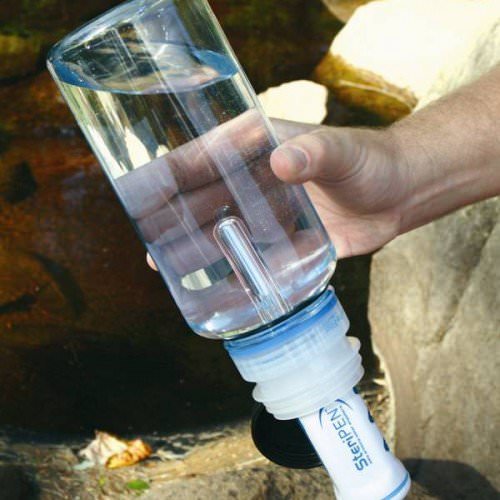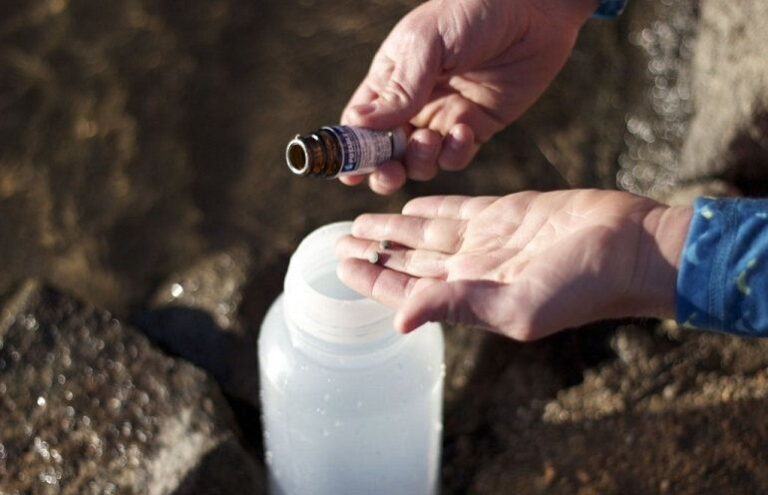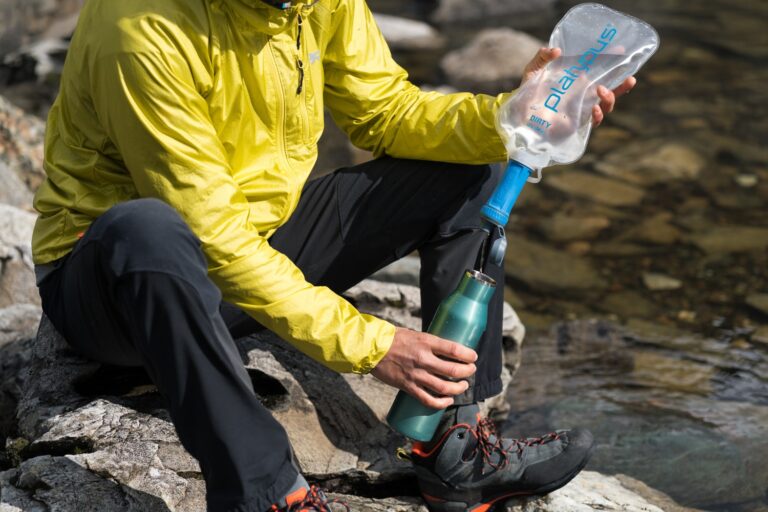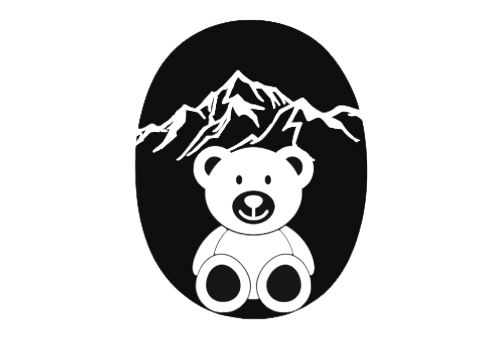How to Purify Water in The Wild: Filtration vs Purification
Knowing how to purify water in the wild is a crucial and a life-saving skill that everyone should know if they enjoy exploring the outdoors. Even if you plan on never needing to purify your own water it is still important to know the different methods in case you find yourself in an unexpected situation without water.
It is very common for backpackers and some extreme campers to not bring any excess water. All they need is a portable filtration system. This is because water is heavy and very uncomfortable to carry for miles and miles while you can bring purification or filtration systems that are simple and portable.
There are many different ways to purify water into safe drinking water. Choosing the proper methods depends on what you have, what you are doing, and your personal preferences. The three main techniques to properly purify water are boiling, purification, and filtration. Below we will explain how to use these methods and how they are different.
How to Purify Water In The Wild
There are many different purification methods when it comes to purifying water in the wild. Purifying water is done with a chemical treatment or ultraviolet light. Both these methods are commonly used as they are easy and only require a UV light, or small tablets and a water bottle.
UV light
This is the less common of the two purification methods but it works great with small amounts of water. There are water bottles with built-in UV lights that make it an easy all-in-one bottle to purify the water. All you need to do is fill the bottle with water and turn the light on for 1-2 minutes. It will kill the bacteria and diseases making it safe to drink but it won’t affect the dirt and debris that may be in the water or the cloudiness of the water.

Chemical Treatment
You can buy water treatment tablets that make it easy to purify small amounts of dirty water. These tablets are small and light making them easy to travel with. Unlike the UV light these tablets take around 30 minutes to completely decontaminate the water making it safe to drink.
The treatment tablets are made from chlorine bleach or iodine which are two chemicals that absorb and kill almost all water-prone diseases.

How to Boil Water In The Wild
Boiling water to about 150 degrees for 5-10 minutes will kill all harmful bacteria and diseases in the water making it safe to drink. This method has been used for thousands of years and is well-known to work.
This isn’t a preferred method as it requires a fire and a fire-safe container to hold the water which can be hard to obtain for many. As well as making the water hot and unenjoyable. These two problems make boiling water not as effective or efficient as our other two methods. It is still important to know in case you find yourself in a situation where boiling water is the only option.
How to Filter Water in the Wild
A filtration system is a common thing for backpackers to carry around with them and provide most of the drinking water. There are many different types of filter methods that can be used depending on your needs. You can find many different types of gravity filters, pump filters, and DIY filters. All of them use the same concept of cleaning the water but some may work better for you than others.
A filter will allow the water through microscopic holes that catch debris and diseases from the water. This method may take time as you have to wait for the water to completely fun through the filter and depending on how it looks it may need to go through the filter multiple times.
New technology makes them small and efficient and easy to understand through simple directions. DIY filtration systems can be a great thing to know but shouldn’t be used unless necessary or very well knowledged in them.

Difference Between Purification And Filtration
There is a big difference between the methods of filtration and purification. Both ways give you potable water in the end but use different technology and systems to get there. Purification uses chemicals to kill or absorb while filtration uses small holes to strain out solids and microscopic particles from the water.
Purification uses UV radiation or chemicals like iodine, chlorine, or chlorine dioxide. These chemicals isolate and kill unwanted pathogens in the water to make it safe to drink. Most purification methods come in tablet form making them easy to use and very portable. Purification is one of the faster methods when it comes to making potable water.
Physical filtration is done by separating the solids like debris and bacteria while still letting the water pass through. The smaller the filter holes are the longer it will take but the more solids will be stopped from passing through. This method filters out dirt and debris unlike purification but takes longer and can be more work as you need to set up and clean the filtration system.
